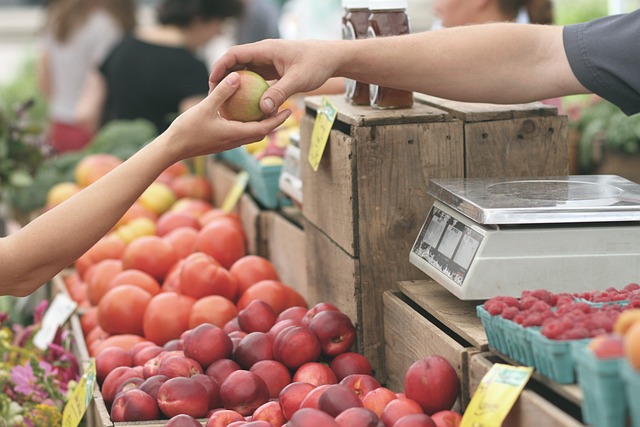Grocery: Practical Guide to Selection, Suppliers, and Uses
A grocery purchase can be much more than stocking staples; it reflects choices about nutrition, convenience, sourcing, and even cultural value. Whether you shop at supermarkets, farmers’ markets, or specialty vendors in your area, understanding how groceries intersect with packaging, artisanal craft foods, and storage can help you make informed decisions and reduce waste. This article outlines practical considerations across several dimensions of grocery shopping and supply.

Antique groceries: overlaps and considerations
Antique items may appear in grocery contexts when packaging, labels, or containers have historic value. Some shoppers seek vintage jars, tins, or signage that carry collectible appeal; stores and markets sometimes use reclaimed antique décor to create atmosphere. If you’re buying grocery items with antique packaging, check food safety and production dates: vintage packaging is often decorative rather than functional. For retailers, responsibly integrating antique elements can create a unique in-store experience while ensuring that food handling follows current safety regulations and local services requirements.
Collectible packaging: how branding affects grocery choices
Collectible packaging — limited-edition labels, retro designs, or brand collaborations — can influence grocery buying patterns. Consumers may be drawn to items that double as keepsakes, which can boost demand for certain SKUs and alter inventory planning for vendors. From a practical standpoint, collectible packaging rarely changes the food inside, so evaluate products on ingredients and nutritional information rather than appearance alone. Retailers wanting to stock collectible lines should communicate clearly about quantities and returns policies to customers in your area and ensure that collectible elements do not mislead about freshness or contents.
Vendor selection: choosing reliable grocery suppliers
Choosing a vendor is a core step for anyone managing grocery purchases at scale, from small retailers to event planners. Reliable vendors balance availability, quality, lead times, and clear communication. Look for suppliers that provide transparent sourcing information, consistent delivery windows, and appropriate handling for perishable goods. For local services and independent grocers, building relationships with multiple vendors — including regional producers and co-ops — can reduce risk from single-source disruptions. Contracts or regular agreements should specify temperature control, recall procedures, and who bears responsibility for damaged or unsellable goods.
Craft and prepared foods: integrating artisanal grocery options
Craft foods and prepared items continue to be a significant segment within grocery offerings. Artisanal producers often emphasize small-batch techniques, distinctive flavors, or locally sourced ingredients. When incorporating craft products into a grocery mix, consider shelf life, labeling accuracy, and storage needs. Craft goods can be strong differentiators for retailers, but they also require careful inventory management to avoid spoilage and to maintain quality. Customers looking for craft options in your area may expect clear information on allergen content, origin, and suggested uses, so prioritize transparent signage and online descriptions.
Outdoor grocery logistics: markets, stalls, and seasonal storage
Outdoor markets and pop-up stalls are common venues for grocery sales, especially for fresh produce and specialty vendors. Operating outdoors introduces variables like weather, temperature control, and secure storage. For vendors, simple measures such as shaded displays, insulated transport, and refrigerated units for perishable items help maintain quality. Customers should be mindful of how outdoor storage affects freshness and choose vendors who follow best practices for hygiene and handling. Local services such as municipal market regulations and vendor permits also shape what can be sold outdoors and how goods must be stored and labeled.
Conclusion
Grocery choices span practical needs and cultural preferences: packaging and collectible elements influence perception, antique décor can shape retail atmosphere, vendor reliability underpins consistent supply, craft offerings add diversity, and outdoor logistics demand extra care. Whether you are a consumer comparing products or a vendor arranging inventory, focusing on safety, transparency, and clear communication helps balance variety with trust. Thoughtful selection and supplier relationships contribute to a grocery environment that meets daily needs while reflecting individual tastes and local market dynamics.




